FUJIMIC, Inc. “I started developing AI behind the scenes at a television station. Now I want to spread this throughout the company”
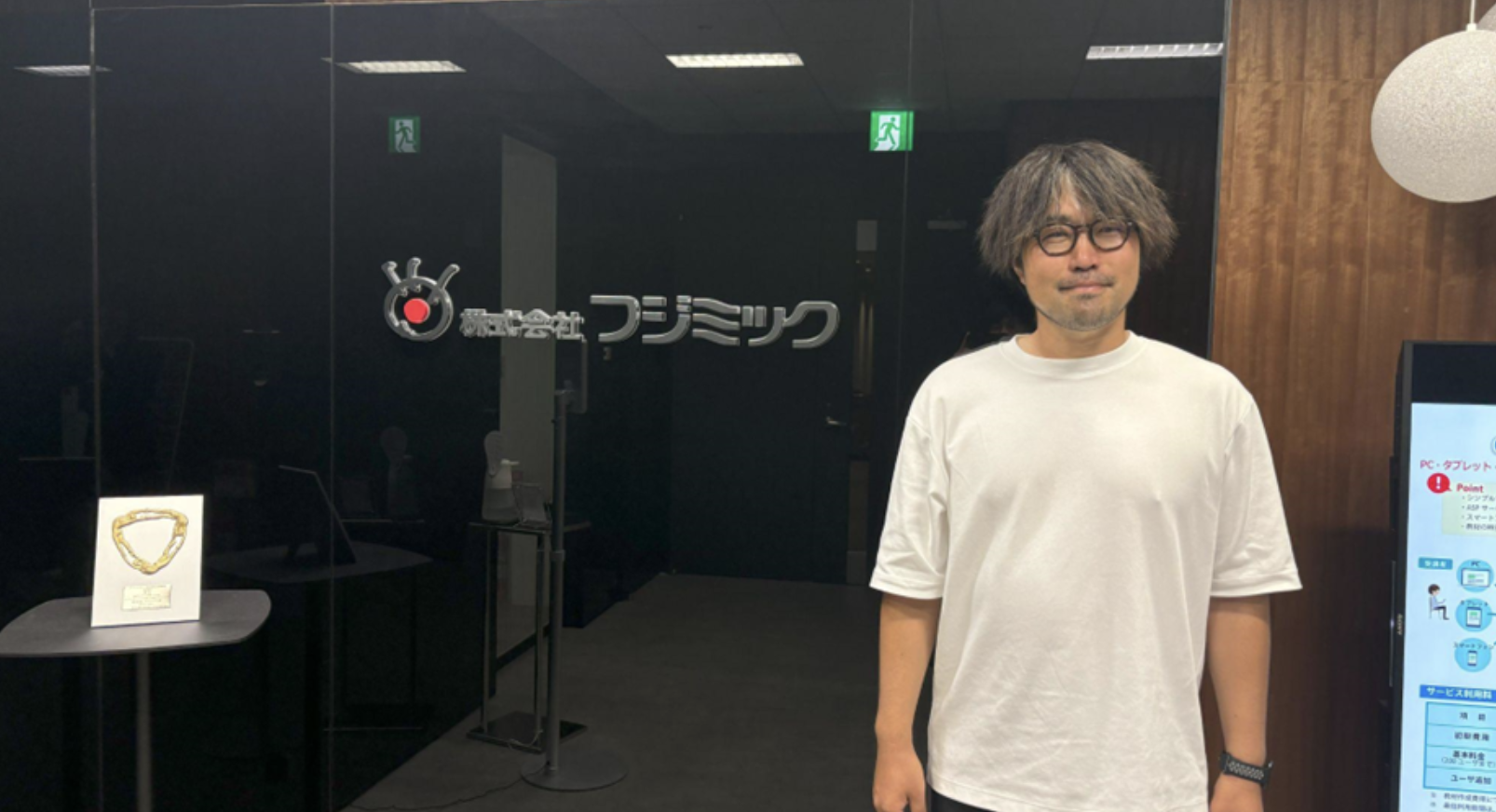
An initiative by developers who have been involved in TV station broadcasting systems and video analysis to detect abnormalities using AI.
In this article you will learn about:
・Using datasets in developing anomaly detection AI
・Entertainment industry & AI project launch history
We spoke to Mr. Kawashima from Fujimic, who has won Idea Contest awards for building systems that use generative AI.
First of all, could you tell us what your company does?
We develop and operate business systems and core systems for television stations, and also create content. We are also indirectly involved in program production, such as adding captions and subtitles.
Can you tell us a little about your career so far?
After I graduated, I didn’t go directly into television. First, I worked on the Japan Highway Public Corporation website and was involved with online printing development for camera and film-related companies. After that, I worked on a variety of system and web development projects before finally returning to television core system development. Many people who join our company are interested in television systems, but I was actually more interested in variety programs, sports programs and dramas. I thought I might be able to appear on TV, but that never happened!

How did you first get involved in AI?
In 2015, I joined the company president’s planning department hoping to try new things. At that time, things such as image recognition and deep learning were becoming possible not only in research facilities but also in companies. I tried classifying images on TV, and I was a member of IBM Japan’s user research group where I wrote a paper on creating an email simply by entering a few words as a prompt, which obviously we would now call natural language processing. At that time, natural language processing was still considered to be in its early stages.
So television systems and AI gradually both became part of your job?
I think that there are lots of people like me at television stations who want to try various things that they’re interested in. I was at an end-of-year party and I happened to talk to someone from a TV station who was looking to use deep learning to analyze the facial recognition data and appearance times of TV performers. In around 2019, we began working together with the television station on AI and developed a prototype from an initial proof of concept.
And you first found out about our harBest service at the AI Expo in March?
That’s right. Around autumn 2023, my company started a generative AI project and I was chosen to be involved. We were in the process of drafting a plan summarizing the issues we might face with AI development.
On the day of the AI Expo, I had called in on a customer on my way. I was there for about an hour and hoped I’d leave with a good impression of the possibilities of AI. However, when I got to the venue it was very crowded. If I didn’t leave early I wouldn’t be in time for my next appointment and I didn’t even have time to eat lunch, so I was in a rush when we met for the first time!
You were at our booth until the very end of the expo!
It was the perfect trap! Before I realized it I’d been talking for about 20 minutes and didn’t have time to get any lunch.
I seem to remember we talked about a project that you had won a prize for, but were you looking for data related to AI development?
Even when I tried to search for image data myself I didn’t really understand what was needed, and to be honest I had given up because I thought that accuracy wouldn’t improve. I thought that the only way I could improve accuracy was to choose the location, take the photos and cut them out myself, one by one. Because that process was so difficult, I thought I might as well get some help from APTO first and then think about it. So, I made a purchase, created a model and took some pictures on the street. Seeing that it was able to detect cracks and potholes, I became enthusiastic about the product.

How was it actually creating a data set?
When it comes to submitting to PoC or a contest, I would also need normal data so I collected the images myself later. As I found out more, I realized that other things can also be used as a data set. I went to a parking lot near my house and collected some image data of the asphalt. I’m sure I looked slightly suspicious, but collecting that data made me realize that there are lots of possibilities and it gave me some new ideas. It may be a little late, but I learned that it’s better to take action than hesitate.
How was the communication with APTO?
I didn’t know much about data myself, so when I was asked, “What format of data would you like?”, I honestly thought that anything would be ok, but being able to ask questions whenever I liked helped me a lot. I’d also like to try out annotation!

We also heard that you will be starting a new project. Can you tell us anything about it?
I’m currently very interested in instruction data for fine-tuning LLMs. The great thing about generative AI is that you don’t need to make each piece of content manually. I’d like to use it to create live coverage and behind-the-scenes content, and I think that would give people more ways to enjoy content.
We hope we can be of help! Thanks for very much for talking to us, and we hope you will continue to use harBest in the future.
関連事例
-

LLM development at the highest level in Japan. What are the challenges faced by a research team devoted to improving accuracy?
Institute of Physical and Chemical Research(RIKEN)
- IT/Internet
- R&D
- Annotation
- Data collection
- Data Management
- Experienced
-
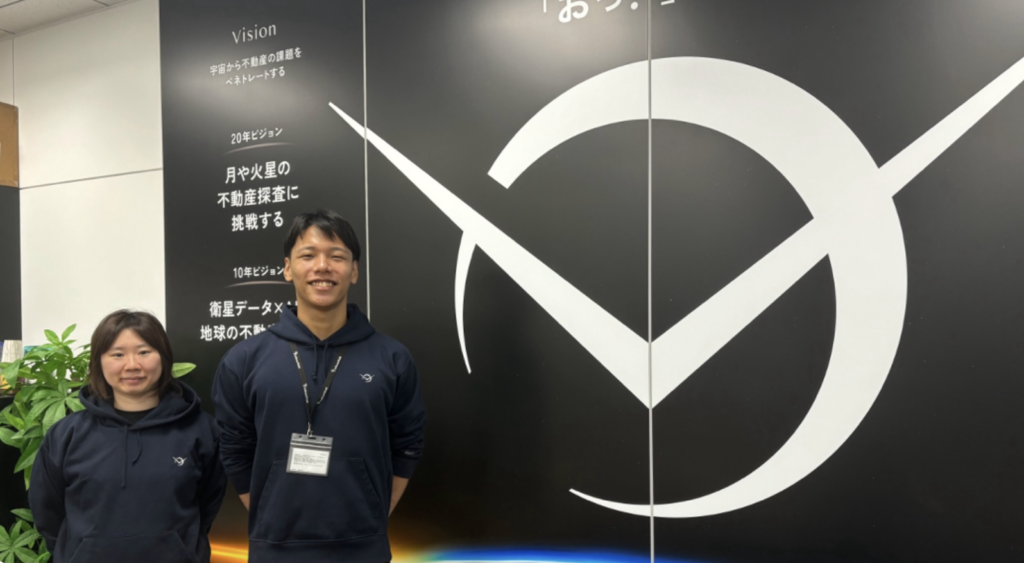
Search real estate all over the world at once using satellite data. What kind of future will “WHERE” make possible?
Penetrator
- IT/Internet
- real estate
- Annotation
- Data collection
- Data Management
- Experienced
-
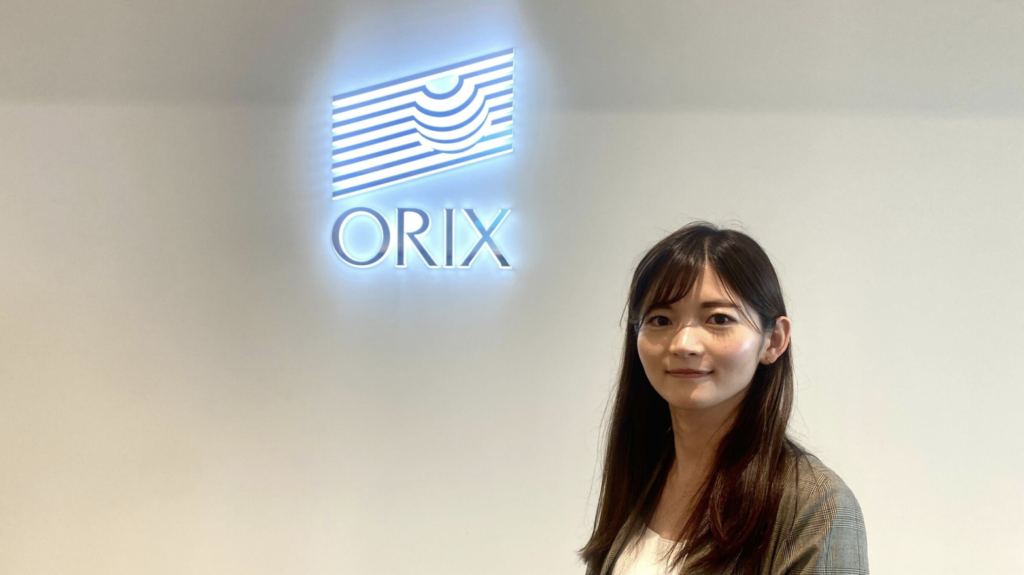
Achieve efficient form management by utilizing AI data. The secret to the success of ‘PATPOST’
ORIX Corporation
- Annotation
- Data Management/Labeling
- IT/Internet
- Annotation
- Data collection
- Experienced
-
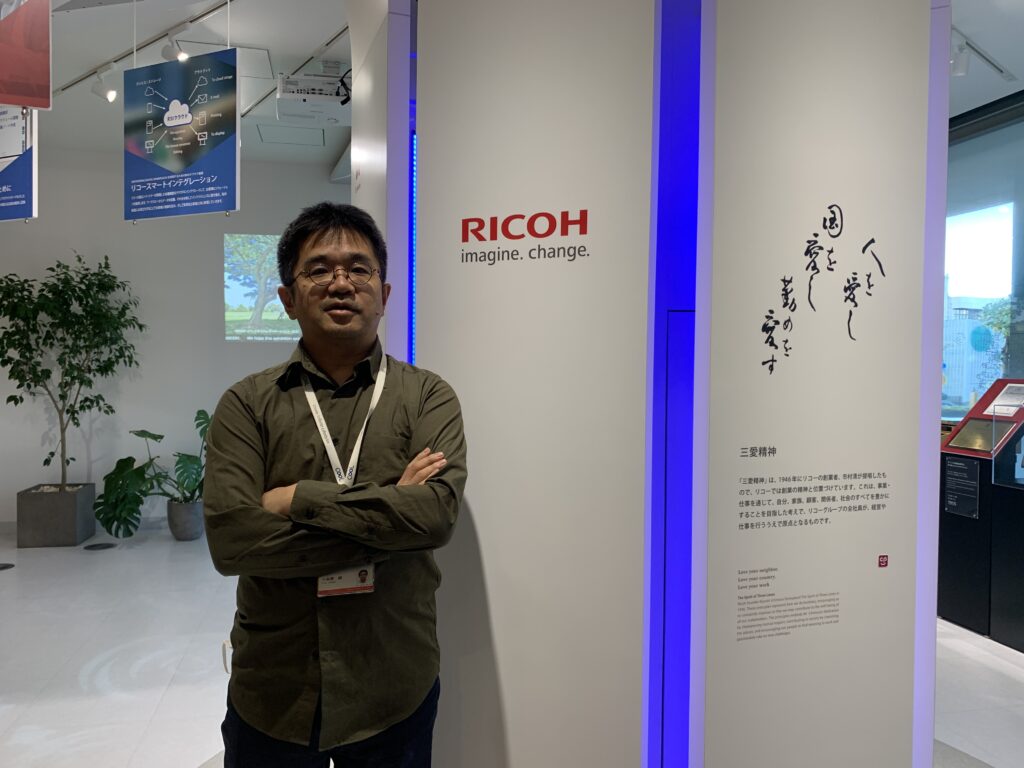
Streamlining Development After Successful Outsourcing of High-Volume Annotation Work
The Ricoh Company, Ltd
- AI Development (Experienced)
- Annotation
- Data Management/Labeling
- IT/Internet
- Annotation
- Experienced
-
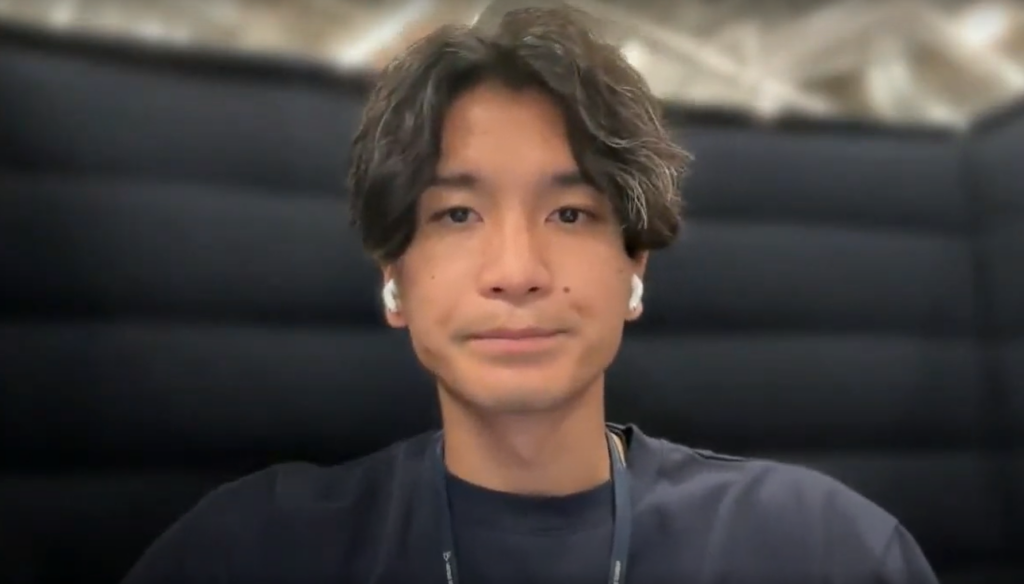
How Leading AI Vendors Handle Essential Training Data for Generative AI
LightBlue
- AI Development (Experienced)
- Annotation
- Data Management/Labeling
- IT/Internet
- Annotation
- Data collection
- Data Management
- Experienced
-

Micro Control Systems: AI “Visualizing” Factories to Enhance Manufacturing
Micro Control Systems
- AI Development (Experienced)
- Annotation
- Data Management/Labeling
- IT/Internet
- Annotation
- Data collection
- Experienced
-

harBest Boosts MiiTel’s AI Speech Recognition
RevComm Inc.
- AI Development (Experienced)
- Annotation
- Data Management/Labeling
- IT/Internet
- Annotation
- Data collection
- Experienced
-
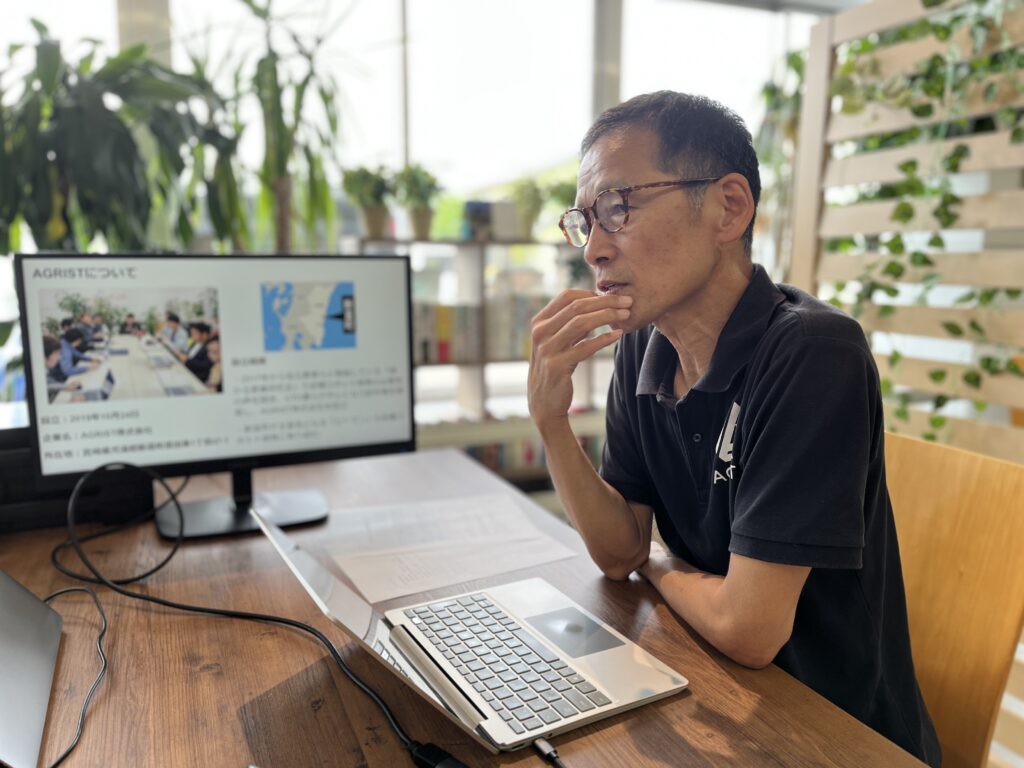
AGRIST Interview: Developing Agriculture Technology to Support the Aging Farmers of Japan
AGRIST
- AI Development (Experienced)
- Annotation
- Data Management/Labeling
- Agriculture
- Annotation
- Data collection
- Data Management
- Experienced

